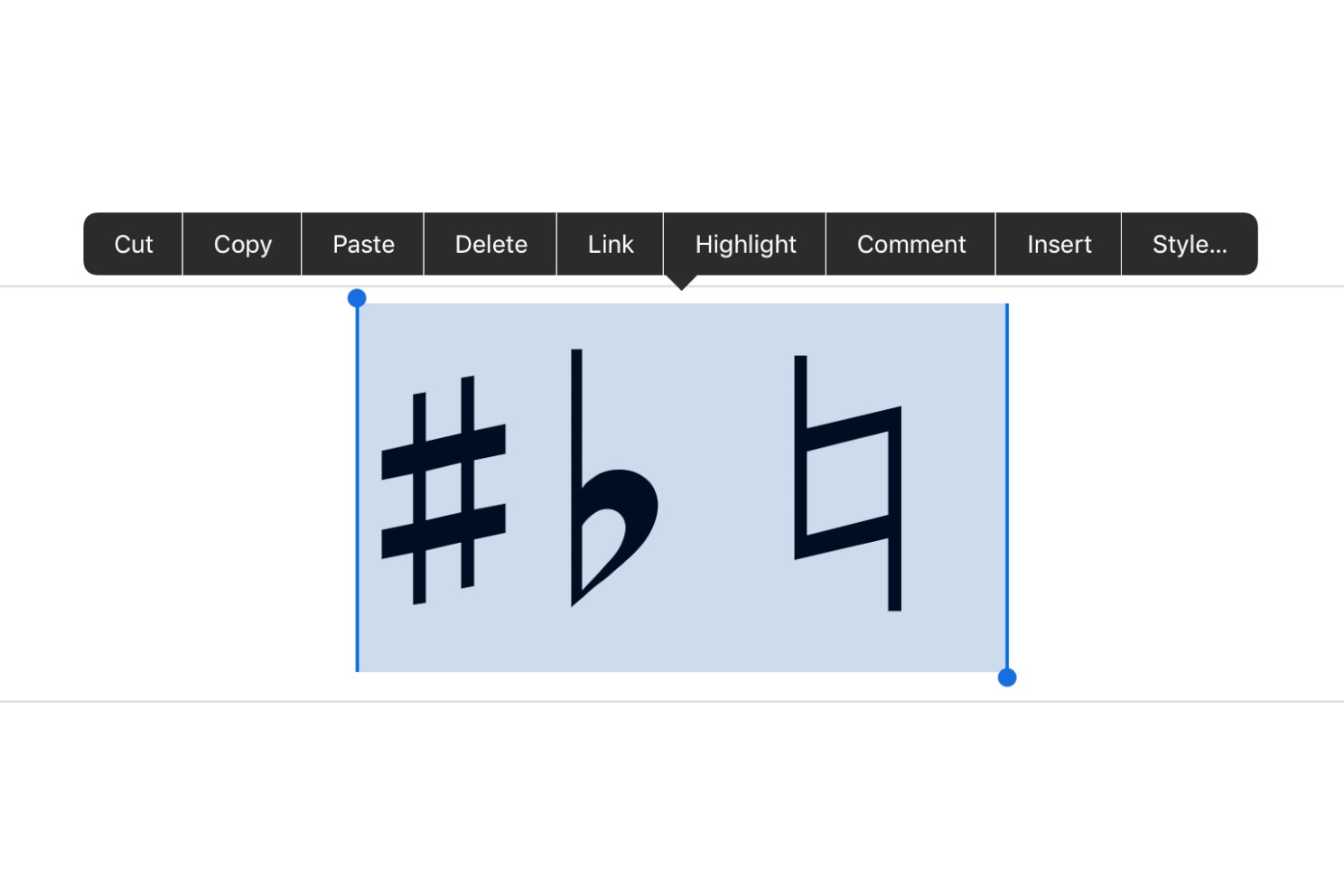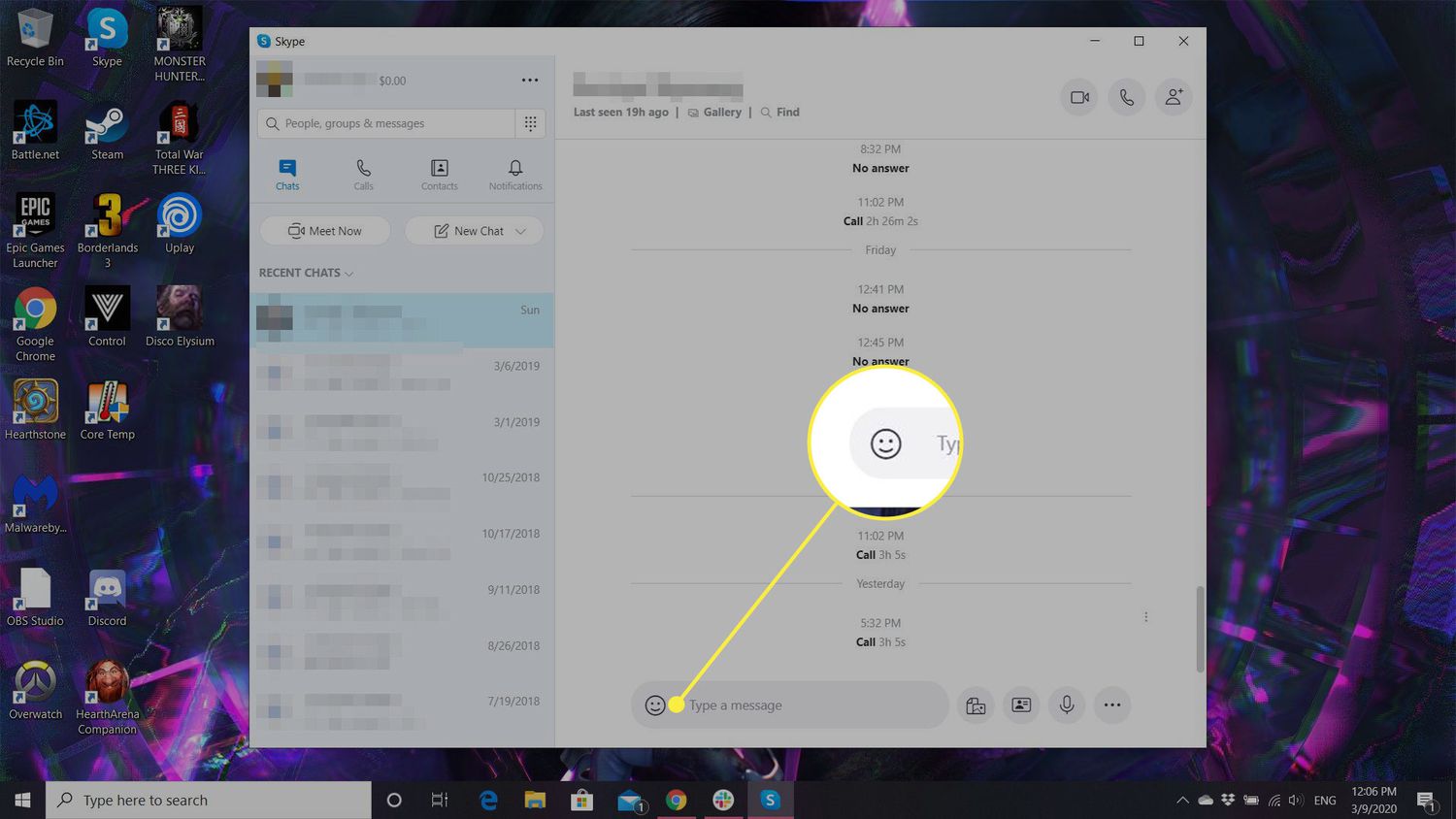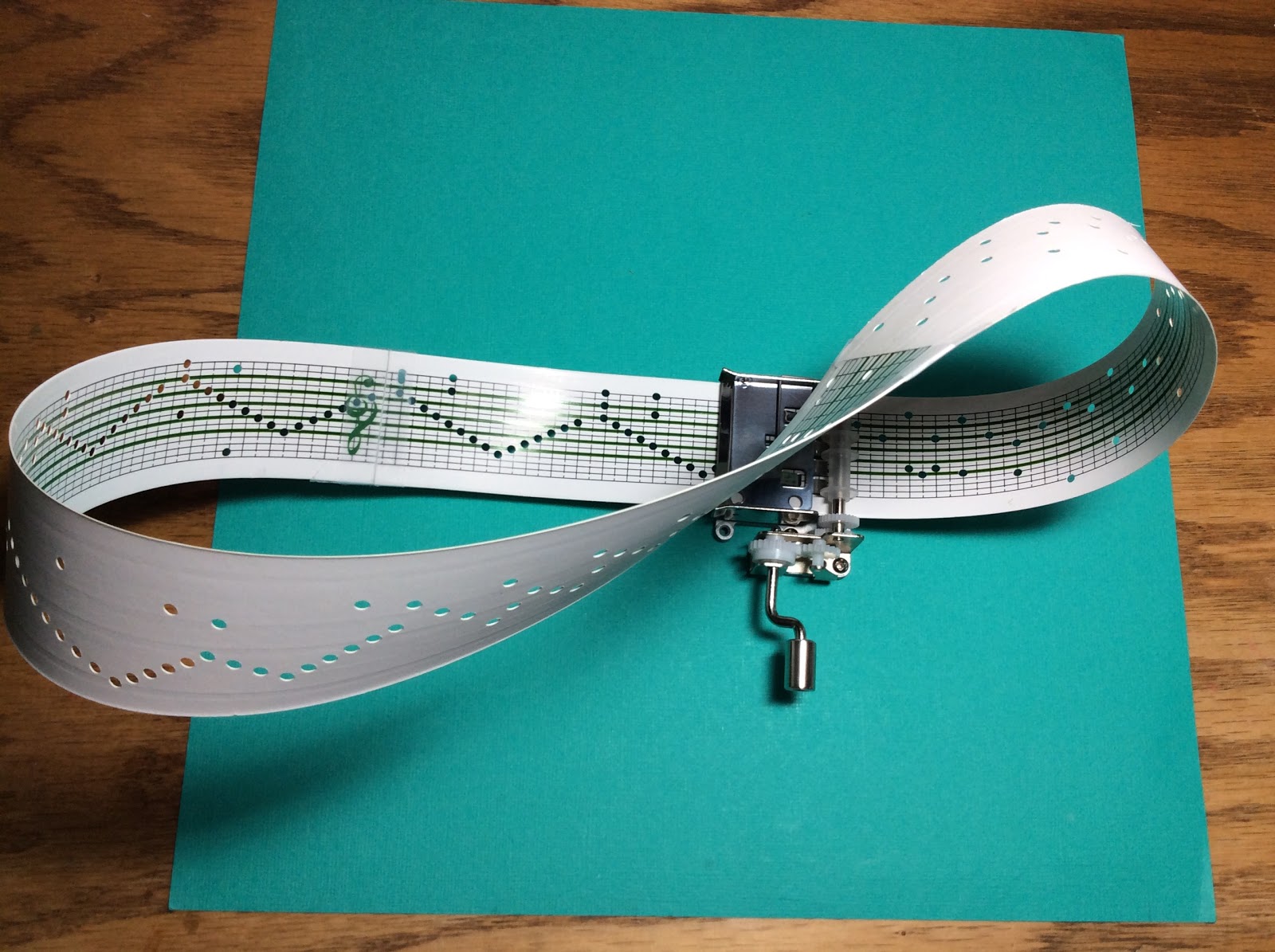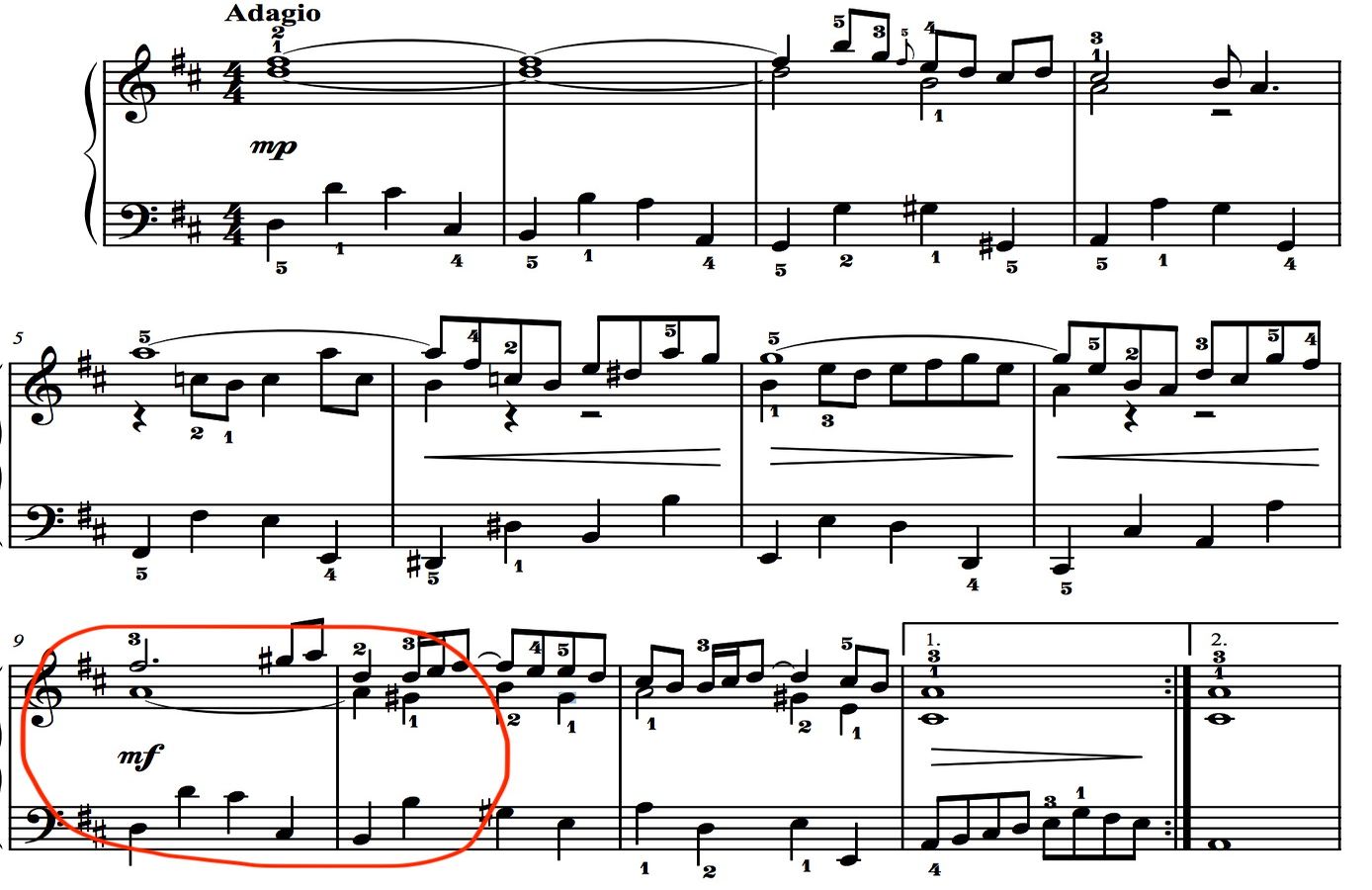Home>Events & Info>Note>How To Conduct A Pickup Note In Music


Note
How To Conduct A Pickup Note In Music
Modified: February 15, 2024
Learn how to conduct a pickup note in music with this step-by-step guide. Enhance your musical performances by mastering the art of note pickups.
(Many of the links in this article redirect to a specific reviewed product. Your purchase of these products through affiliate links helps to generate commission for AudioLover.com, at no extra cost. Learn more)
Table of Contents
Introduction
Music is a universal language that has the power to move and inspire people. From the melodies that resonate in our hearts to the rhythmic beats that make us want to dance, music is an integral part of our lives. To truly understand and appreciate music, it is important to delve into its intricate details, such as pickup notes.
Pickup notes, also known as anacrusis or upbeat notes, are a fundamental aspect of musical composition. They occur before the downbeat of a measure and serve as a way to create anticipation and set the tone for the upcoming phrase or section of music. Whether you’re a musician, a music enthusiast, or simply curious about the inner workings of music, learning about pickup notes can provide valuable insight into the artform.
In this article, we will explore the concept of pickup notes in music, their significance in various musical genres, and how to effectively execute them. We will also discuss common mistakes to avoid when dealing with pickup notes. So, whether you’re a beginner musician or a seasoned performer, let’s embark on this musical journey together and discover the fascinating world of pickup notes.
Understanding Pickup Notes in Music
Before we delve into the practical aspects of pickup notes, it’s essential to have a solid understanding of what they are and their purpose in music. A pickup note, also known as anacrusis or upbeat note, is a note or a group of notes that precedes the downbeat of a measure. Unlike the downbeat, which typically falls on the strongest beat of a measure, pickup notes occur on weaker beats and are used to add momentum, tension, or a sense of anticipation to a musical phrase.
Pickup notes can vary in length and rhythm, depending on the musical style and context. They can be as simple as a single note or as complex as a series of ornamental figures. In most cases, pickup notes are shorter in duration than the notes that follow the downbeat, providing a sense of propulsion and leading into the main theme or melody.
One of the key benefits of using pickup notes is the impact they have on the overall rhythm and feel of a piece of music. By adding a pickup note, composers and arrangers can introduce syncopation, syncopated rhythms, or unexpected rhythmic patterns, creating a unique and captivating musical experience for the listener. Pickup notes can also be used to emphasize certain beats or syncopate strong accents, adding a dynamic and exciting element to the music.
It’s important to note that pickup notes can be found in various musical genres, from classical and jazz to pop, rock, and even folk music. While the execution and stylistic nuances may differ, the underlying concept and purpose of pickup notes remain consistent across these genres.
Now that we have a fundamental understanding of pickup notes, let’s move on to the practical aspects of preparing for and executing pickup notes in a musical performance.
Preparing for a Pickup Note
Preparing for a pickup note involves a combination of careful listening, understanding the musical context, and practicing rhythmic precision. Here are some essential steps to take when getting ready to execute a pickup note:
- Listen to the music: Before playing or singing a piece of music that contains pickup notes, take the time to listen to recordings or performances of the piece. Pay attention to how the pickup notes are phrased and how they contribute to the overall musical flow. This will help you internalize the rhythm and style of the pickup notes.
- Analyze the musical context: Study the score or sheet music to identify where the pickup notes occur and how they connect to the downbeat of each measure. Understand the relationship between the pickup notes and the following melody or chord progression. This analysis will give you a clear roadmap for executing the pickup notes effectively.
- Count and subdivide: To execute pickup notes accurately, it’s crucial to have a solid sense of rhythm. Counting and subdividing the beats in the measure will enable you to anticipate and execute the pickup note precisely. Practice counting and tapping the beats to internalize the rhythm before playing or singing the pickup note.
- Avoid rushing: One common mistake when playing or singing pickup notes is rushing through them, especially if they are fast or complex. To maintain a steady tempo and avoid rushing, practice the pickup notes slowly at first, gradually increasing the speed as you become more comfortable. Focus on maintaining good rhythm and timing throughout.
- Coordinate with other musicians: If you are performing in an ensemble or band, it is essential to coordinate with the other musicians regarding the timing and execution of the pickup notes. Pay attention to cues from the conductor or other band members to ensure a synchronised and cohesive performance.
By thoroughly preparing for the pickup notes, you’ll feel more confident and in control during your performance. Remember to approach practicing pickup notes with patience and attention to detail, as mastering their execution will enhance the overall musicality and impact of your performance.
Identifying the Count of the Pickup Note
Identifying the count of the pickup note is crucial to ensure accurate timing and execution. The count refers to the number of beats or subdivisions that occur before the downbeat of the measure. Here are some steps to help you accurately identify the count of the pickup note:
- Refer to the sheet music: The sheet music or musical score will usually provide information regarding the count of the pickup note. Look for a note or symbol at the beginning of the piece indicating the number of beats for the pickup note. This notation will guide you in understanding the count and establishing the appropriate rhythm.
- Listen for musical cues: If the sheet music does not explicitly indicate the count of the pickup, listen to the recording or performance to identify where the pickup note starts and how it aligns with the downbeat. Pay attention to any notable musical cues, such as a distinctive chord change or instrumental entrance, that can help you determine the count.
- Divide the measure: Once you have identified the pickup note, divide the measure into beats or subdivisions to count the duration of the pickup note accurately. For example, if the music is in 4/4 time, and the count is one beat, you would count “1, 2, 3… 4” and play or sing the pickup note on the “3” count, leading into the downbeat.
- Practice counting with a metronome: To develop a strong sense of timing and precision, practice counting the beats or subdivisions of the pickup note with a metronome. Set the metronome to the desired tempo and focus on aligning the pickup note with the appropriate count. Gradually increase the tempo as you become more comfortable.
- Visualize the rhythm: Visualization can be a helpful tool in understanding and internalizing the count of the pickup note. Picture the rhythm in your mind’s eye, imagining the placement of the notes and their relationship to the downbeat. This mental image can assist you in executing the pickup note with greater accuracy.
Mastering the ability to identify the count of the pickup note is essential for a seamless and cohesive musical performance. By following these steps and practicing with diligence, you’ll develop a keen ear for timing and be able to execute pickup notes with confidence and precision.
Executing the Pickup Note
Executing the pickup note requires attention to detail and precision in both rhythm and technique. Here are some steps to help you effectively execute the pickup note:
- Anticipate the pickup note: As the pickup note occurs before the downbeat, it’s important to anticipate its entrance. Mentally prepare yourself for the pickup note’s timing and be ready to start playing or singing at the appropriate moment.
- Focus on the rhythm: Pay close attention to the rhythm of the pickup note. Ensure that you accurately count the beats or subdivisions leading up to the downbeat and place the pickup note accordingly. Maintain a steady tempo and avoid rushing or slowing down when executing the pickup note.
- Give it the right emphasis: Consider the musical context and the desired effect of the pickup note. Some pickup notes may have more emphasis or require a stronger attack, while others may need a lighter touch. Adjust your technique and articulation accordingly to achieve the desired musical expression.
- Maintain fluidity: Aim for a seamless transition from the pickup note to the downbeat. Ensure that there is a natural flow and continuity in the music, avoiding any abruptness or disjointedness. Connect the pickup note to the subsequent notes or chords in a smooth and musical manner.
- Blend with other musicians: If you’re playing in an ensemble or band, it’s crucial to coordinate with the other musicians during the execution of the pickup note. Listen carefully to the timing and dynamics of your fellow musicians to ensure a cohesive and synchronized performance.
Remember, practice is key when it comes to executing pickup notes effectively. Work on these steps in isolation before incorporating them into the larger musical context. Gradually increase the tempo and complexity of the pickup notes as you become more comfortable with their execution. As you gain experience and confidence, you’ll be able to deliver the pickup notes with precision and finesse in your musical performances.
Examples of Pickup Notes in Different Musical Styles
Pickup notes are prevalent in various musical genres, each with their own unique characteristics and styles. Let’s explore some examples of pickup notes in different musical styles:
- Classical Music: In classical music, pickup notes are utilized to establish the melodic and rhythmic framework of a piece. For example, in Mozart’s Symphony No. 40, the first violin section begins with a pickup note that sets the melodic theme for the entire symphony.
- Jazz Music: Jazz music often incorporates syncopated rhythms and complex pickup note patterns. A well-known jazz composition, “Take Five” by Dave Brubeck, features a pickup note on the saxophone that plays a prominent role in establishing the distinctive rhythm and groove of the piece.
- Pop Music: In pop music, pickup notes are used to create catchy and memorable melodies. A popular example can be found in the chorus of Michael Jackson’s “Beat It.” The pickup notes before the phrase “Just beat it” give the song its iconic and energetic feel, setting the stage for the memorable chorus.
- Rock Music: Rock music often utilizes pickup notes to add drive and intensity to the sound. In Led Zeppelin’s “Whole Lotta Love,” the guitar riff starts with a pickup note that sets the aggressive and powerful tone of the song.
- Folk Music: Pickup notes in folk music are commonly used to enhance storytelling and lyrical narratives. In Bob Dylan’s classic song “Blowin’ in the Wind,” the pickup notes before the chorus give a lift to the melody, drawing the listener’s attention to the thought-provoking lyrics.
These examples represent just a fraction of the diverse range of musical styles and genres where pickup notes play a crucial role. Whether in orchestral compositions, jazz improvisation, pop hits, rock anthems, or folk ballads, pickup notes add depth, character, and anticipation to the music.
By exploring pickup notes in different musical styles, you can expand your musical knowledge and appreciation, recognizing how these subtle yet impactful nuances contribute to the richness and diversity of music as an art form.
Common Mistakes to Avoid with Pickup Notes
While pickup notes can enhance the musicality of a performance, there are some common mistakes to be aware of and avoid. By understanding these pitfalls, you can strive for a more polished and accurate execution of pickup notes. Here are some common mistakes to watch out for:
- Rushing the pickup note: One of the most common mistakes is playing or singing the pickup note too quickly, without giving it the proper rhythmic value. To avoid this, practice the pickup note slowly at first, gradually increasing the tempo while maintaining control and precision.
- Being inconsistent with timing: Inconsistent timing of pickup notes can disrupt the flow of the music. Ensure that the timing and duration of the pickup note remain consistent throughout the performance, aligning accurately with the downbeat.
- Neglecting dynamic and phrasing: Pickup notes should not be treated as mere technicalities; they contribute to the overall musical expression. Pay attention to the dynamics and phrasing of the pickup notes, giving them the necessary emphasis and shaping to convey the intended musical message.
- Overlooking the musical context: Understanding the musical context is essential for executing pickup notes effectively. Failing to consider the overall atmosphere and style of the piece can lead to mismatched or inappropriate pickup note execution.
- Not coordinating with other musicians: In ensemble performances, it’s crucial to coordinate with other musicians during the execution of pickup notes. Lack of communication or being out of sync with fellow musicians can result in a disjointed and unbalanced performance.
- Ignoring the conductor’s cues: If there is a conductor present, it is essential to watch for their cues and follow their guidance, especially when it comes to the precise timing and execution of pickup notes. Disregarding the conductor’s cues can disrupt the overall musical cohesion.
- Neglecting consistent tempo: Pickup notes should align seamlessly with the downbeat, maintaining a steady tempo throughout the performance. Deviating from the established tempo can sound jarring and disrupt the flow of the music.
Awareness of these common mistakes and regular practice can help you develop the necessary skills to avoid them. By paying attention to timing, dynamics, coordination, and musical context, you can ensure that your execution of pickup notes is precise, expressive, and in harmony with the rest of the musical performance.
Conclusion
Understanding and effectively incorporating pickup notes in your musical performances can elevate the overall quality and impact of the music. By grasping the concept of pickup notes, preparing for their execution, and identifying their count, you can deliver them with precision and musicality.
Throughout this article, we explored the significance of pickup notes in various musical genres, including classical, jazz, pop, rock, and folk music. We discussed the common mistakes to avoid, such as rushing, inconsistent timing, neglecting dynamics, and disregarding the musical context. By being mindful of these mistakes, you can enhance your musicality and attention to detail when it comes to pickup notes.
Remember, pickup notes serve as a means of creating anticipation, adding momentum, and setting the stage for the main theme or melody. They play an essential role in establishing the rhythmic and melodic framework of a piece. By practicing with patience, attention to detail, and coordination with other musicians, you can master the execution of pickup notes, contributing to a seamless and captivating musical performance.
Whether you’re a musician, a music enthusiast, or simply someone interested in deepening your knowledge of music, understanding pickup notes opens up new avenues of insight into the intricacies of musical composition.
So, let the world of pickup notes captivate you, as you embark on your musical journey with a newfound appreciation for the art of anticipation, rhythm, and expression.











